Among the world’s many peculiar and fascinating creatures, the peacock spider stands out, not only for its diminutive size but for its vibrant colors and captivating courtship dance. These tiny arachnids, native to Australia, have captured the imagination of scientists and nature enthusiasts alike with their intricate and energetic mating displays. This article delves into the world of the peacock spider, exploring its dazzling courtship ritual in detail.
The Peacock Spider
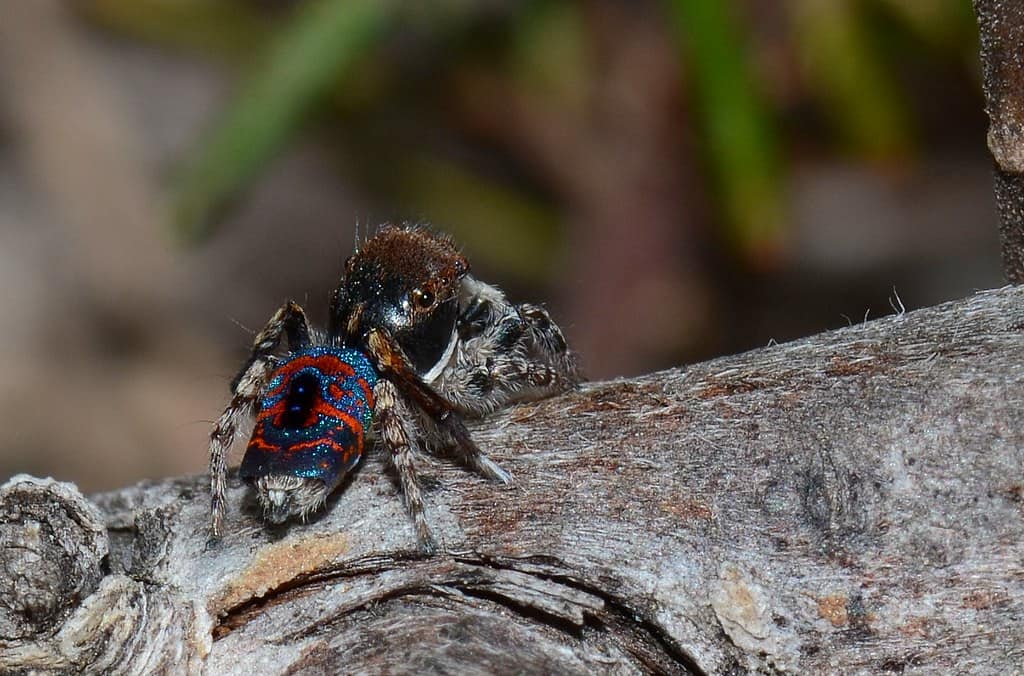
Measuring just about 4 to 5 millimeters in length, peacock spiders belong to the genus Maratus, within the diverse Salticidae family, better known as jumping spiders. Despite their small size, they are renowned for their vivid coloration and the male’s remarkable courtship behaviors. The male peacock spider’s unique color palette, reminiscent of the extravagant feathers of a peacock (hence the name), serves both an aesthetic and practical role in its life cycle.
The Role of Color
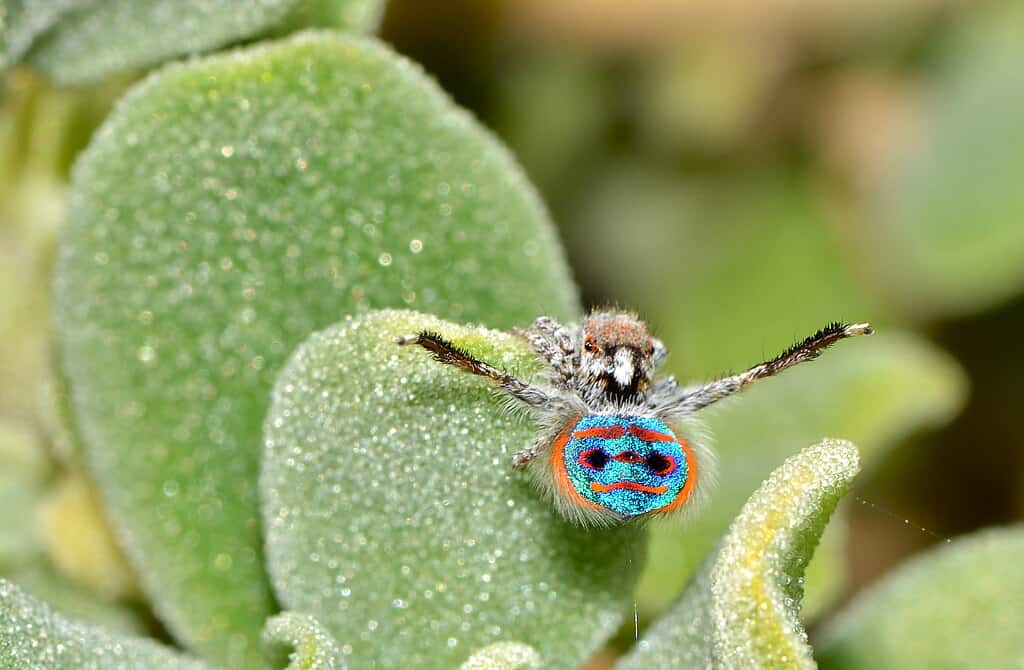
Male peacock spiders boast a spectacular array of colors that range from deep blues and fiery reds to vibrant greens and rich blacks. This coloration is not merely decorative; it plays a critical role in mating displays. The bright colors are produced through nanostructures in the spiders’ cuticle that manipulate light, creating iridescent and metallic hues. These colors serve as a visual signal to females during courtship and play a significant part in species identification, enabling the female to recognize a potential mate from within her own species.
The Dazzling Dance
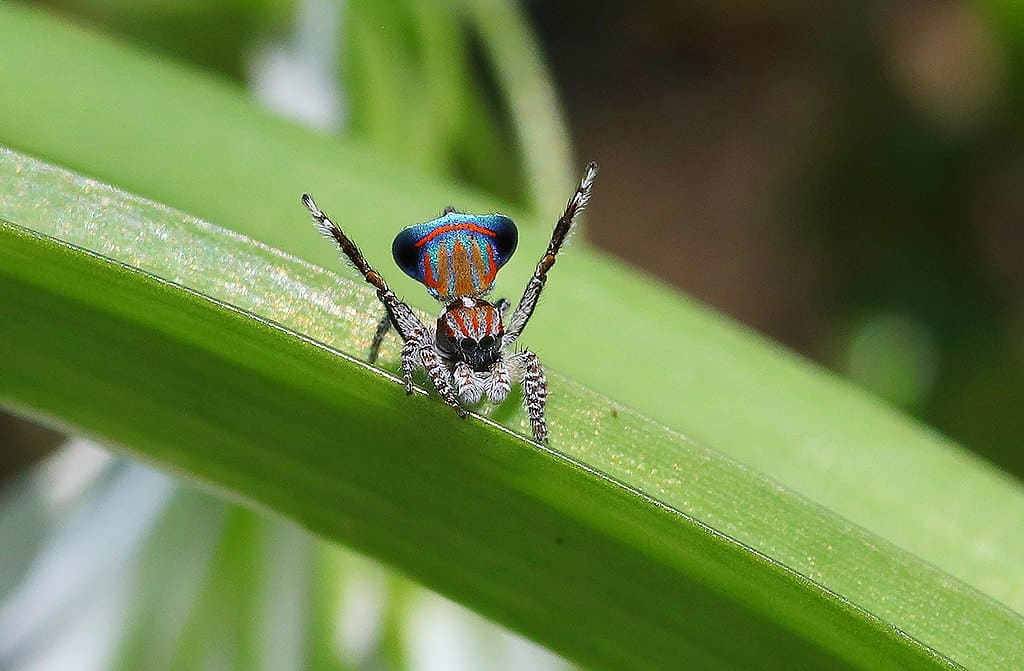
The courtship dance of the peacock spider is nothing short of a spectacle. When a male spider encounters a potential mate, he unfurls a pair of flap-like extensions on his abdomen, revealing his brilliant colors. This process is analogous to a peacock’s tail-feather display, hence the arachnid’s common name. The dance involves an elaborate performance where the male rhythmically raises and lowers his legs while vibrating his entire body.
Pulsating and pivoting, the male showcases his abdominal flaps, all while maintaining eye contact with the female. His movements are synchronized with a series of distinct vibrations, or “buzzing” sounds, created by drumming his hind legs against the ground. This vibratory component adds an auditory dimension to the visual dance, enhancing the overall impact on the female. Such a multifaceted display increases his chances of capturing her interest and securing a mating opportunity.
The Female’s Decision
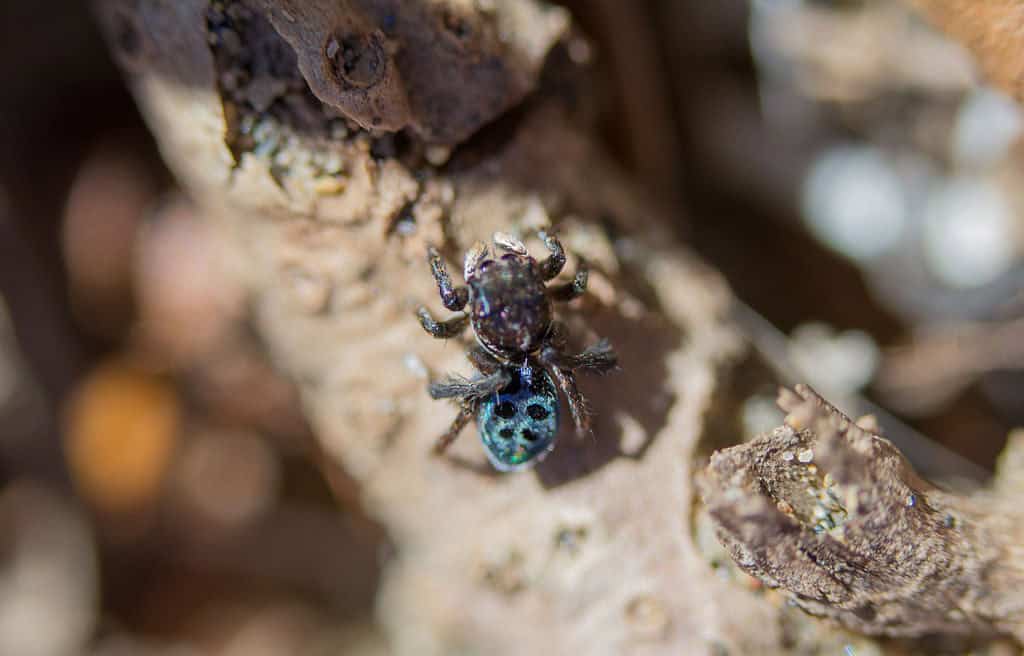
The female peacock spider is the ultimate arbiter of the courtship dance’s success. Her decision to mate is influenced by several factors: the male’s performance quality, the vibrancy of his colors, and his overall health and vitality. If the female is impressed by the display, she signals her acceptance by adopting a passive stance, allowing the male to approach. However, if she is unimpressed or feels threatened, she may choose to turn away or, in some cases, even attack the suitor.
Evolutionary Significance

The evolution of such an elaborate courtship ritual is a fascinating subject for biologists. It is believed that the peacock spider’s dance has evolved through sexual selection, where females preferentially choose mates based on traits that indicate good genes, such as vibrant coloration and dynamic performance. These traits signal the male’s fitness, thus ensuring the propagation of favorable genetic qualities in the offspring.
Conservation and Study
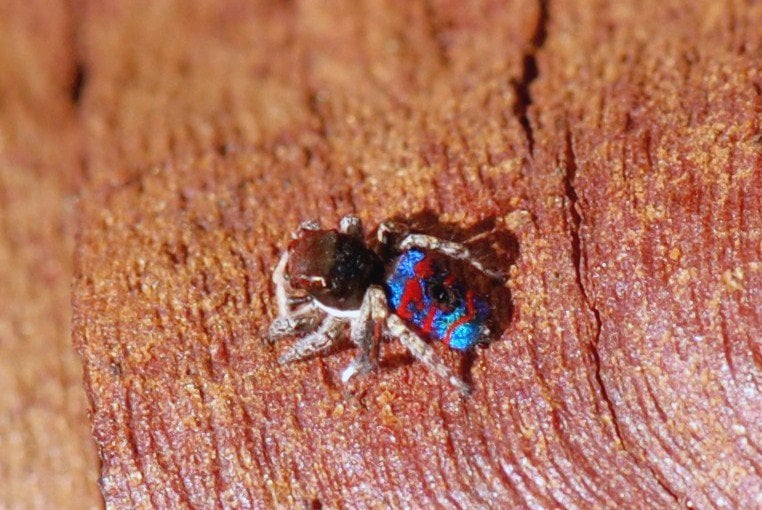
While peacock spiders are not currently endangered, habitat loss poses a potential threat to their populations. As such, conservation efforts to preserve their natural environments are critical. The increasing interest and research into these spiders not only underscores the importance of biodiversity but also highlights the unique behaviors that different species exhibit as a result of evolutionary pressures.
Conclusion
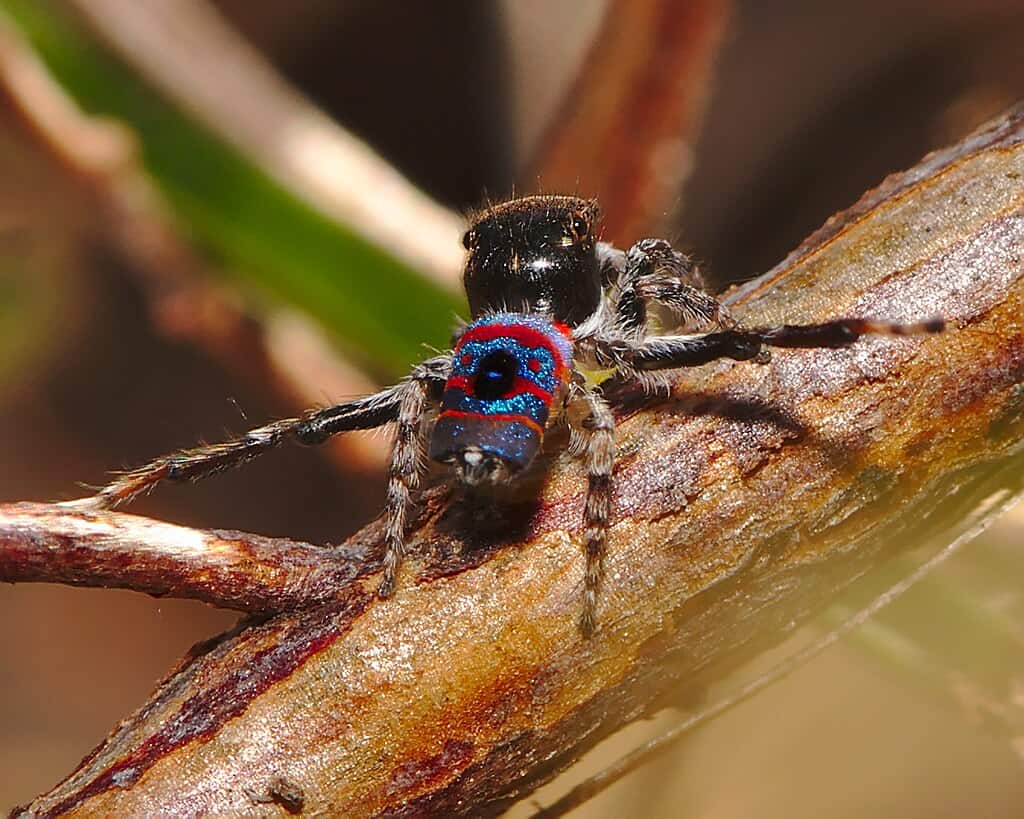
The peacock spider’s courtship dance is a remarkable example of nature’s creativity and complexity, showcasing how even tiny creatures can exhibit profound behavioral intricacies. These spiders are more than just fascinating subjects of study; they serve as reminders of the diversity and vibrancy of life on Earth. As research continues, our understanding of these captivating arachnids and their dazzling courtship will deepen, offering further insights into the intricate world of animal behavior.
- 15 Tips for Managing Spider Infestations During Storm Season - August 8, 2025
- How Superstorms Have Reshaped Coastlines Over Time - August 8, 2025
- The Biggest Moose Ever Recorded in the US - August 8, 2025

